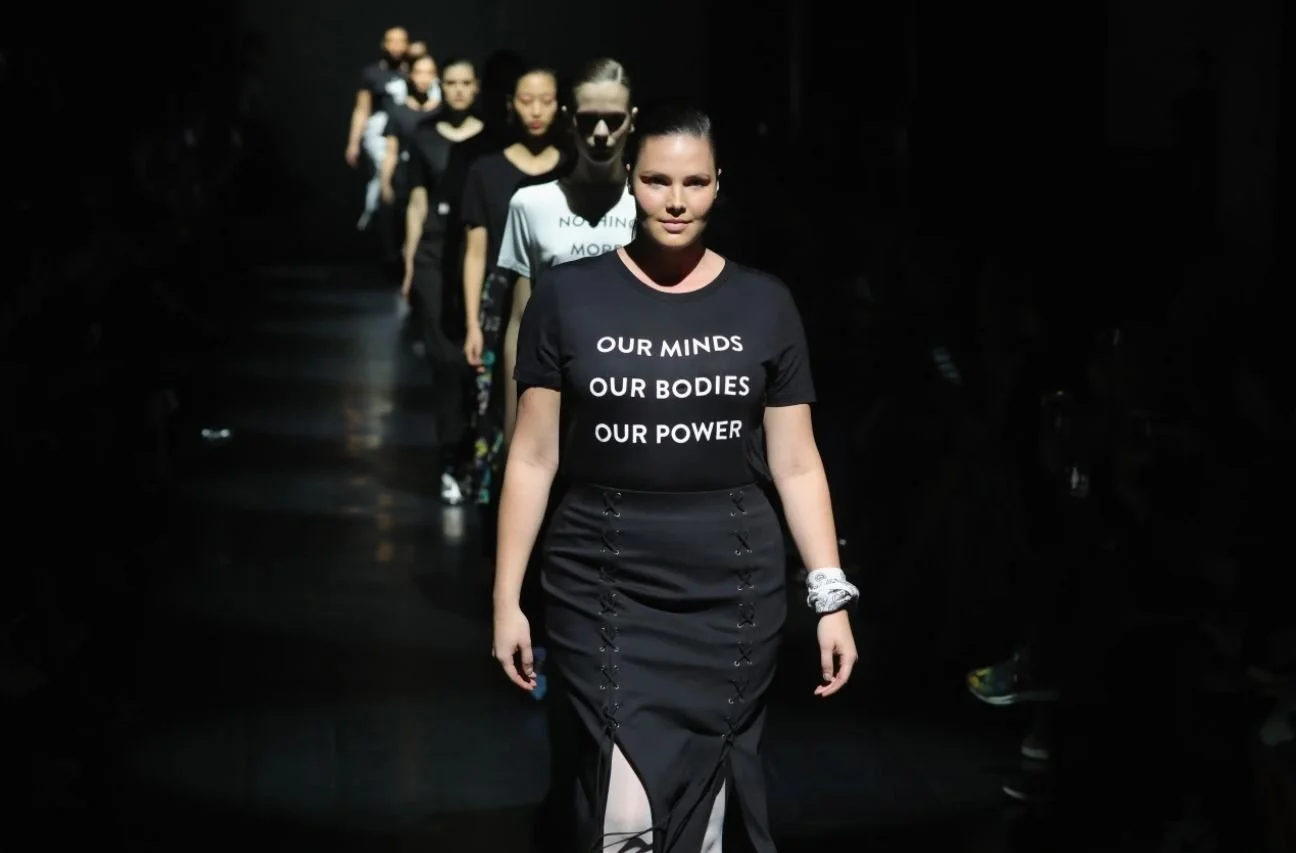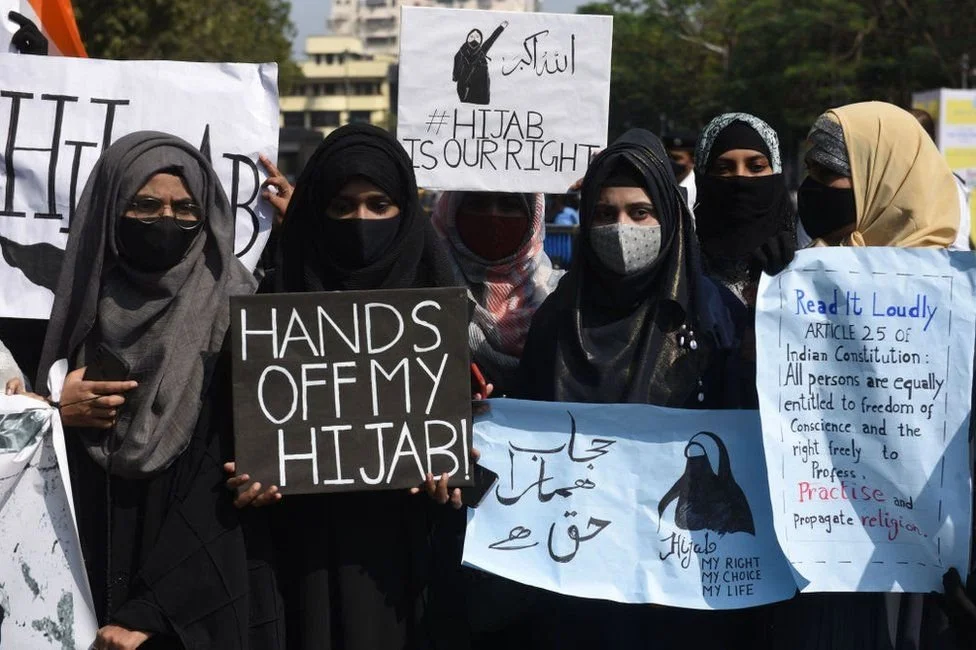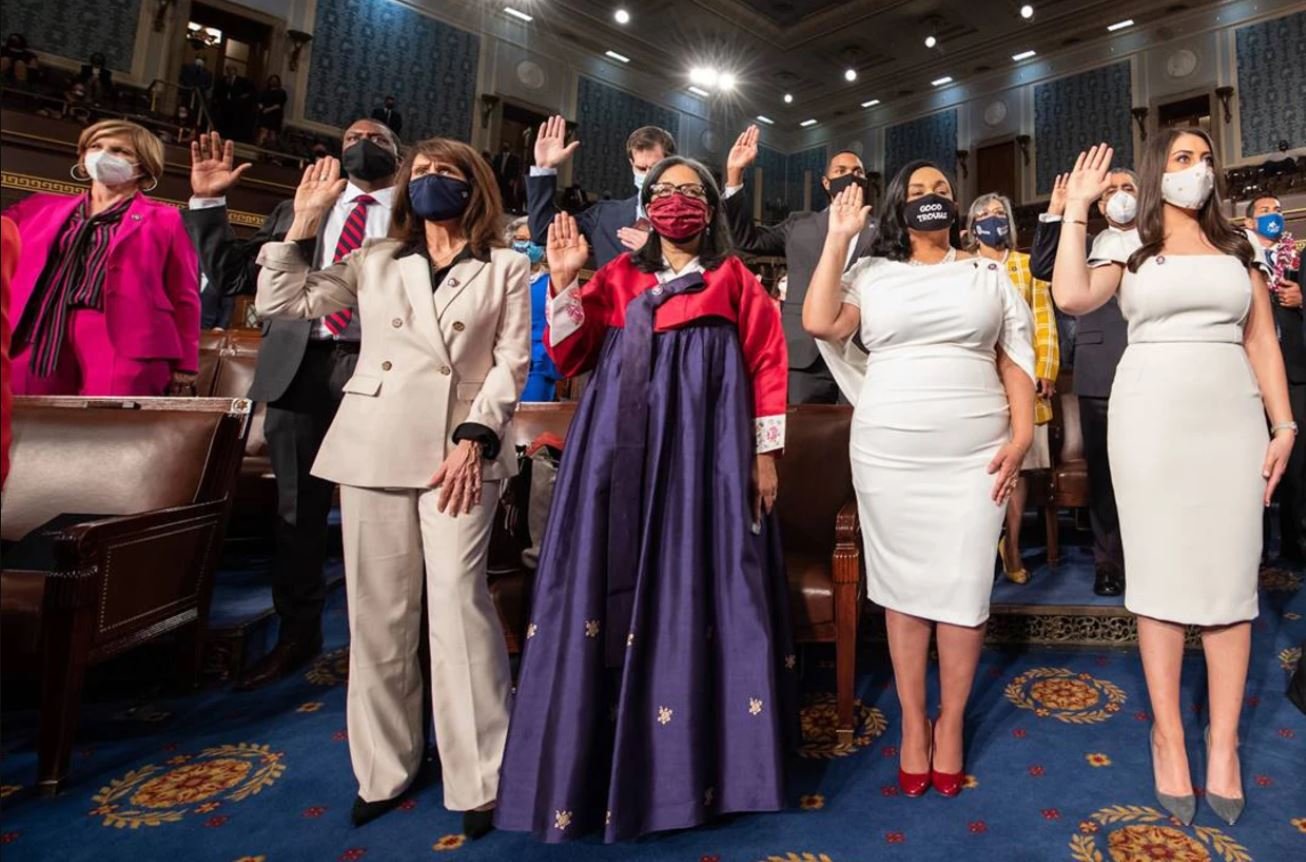The Garment of Identity

Created by the thread of fashion and the needle of politics
Cover Photo by Nada Hanifah on Unsplash
The power of thread and needle is inevitably transforming. The concept of fashion is a transformative medium that has become a connecting thread to ideology, politics and society. Moreso, it is fair to say that through fashion the art of self-expression has become transformed from a pen and paper, to thread and needle and has consequently played a huge role in the realm of politics. I'll be diving into this topic more in depth, and breaking it down into multiple articles, because the relationship between fashion and politics is broad, and there are so many ideas to be covered. Today, what I want to focus on is the simple conception of how political identity is curated from fashion. The creative scope of fashion and politics does not only mean celebrities wearing their country’s flags on a red carpet (let’s save that for another time), nor whether Sophie Trudeau decided on wearing Dior or Chanel (also another time) - but on a serious matter, how political garments have been manufactured into political symbols coherently making what we call the political identity.
Image from the Hollywood Reporter
Take for example that the Keffiyeh - a well-known checkered black and white scarf originally coming from Palestine - has become a political symbol of Palestinian nationalism signifying liberation and resistance by Palestinians. As Palestinian's collective identity and right to land were being threatened, the Keffiyeh thus became an element Palestinians could hold on to preserve their political and cultural identity. Looking in detail at the pattern of keffiyeh, the elements of the fishnet are what make up the embroidery of the scarf, with fishnets often symbolizing entanglement and dependence. The scarf is often seen worn by all generations and continues to be a political historical symbol used as a scarf, turban or headscarf. The Keffiyeh has become a widespread phenomenon that other neighbouring countries in the middle east have adopted for use in their political movements, but not necessarily in the typical black and white colour the keffiyeh is known for.
Image from Tribune.com
The political movement of the hijab has brought about controversy among many countries, of whether it is viewed to be banned or mandatory. The hijab, or the headscarf, has created a political movement within itself, with some European countries viewing this fashion garment as a threat and misconception - that it acts as a political ideology, rather than part of an identity, religion, and culture. In western media, the segregation between politics and individual identity when it comes to the hijab is nonexistent, as the hijab is ruled out to be a threatening political emblem that abolishes women’s rights. However, in the same way a nun would wear a veil, her veil is not seen to be a political threat that defames her female human rights. I wonder why that’s so? What I'm trying to state is obvious - the hijab is no longer emasculated as an emblem of Muslim women's identity, but has been distorted into a political emblem which easily views Muslim women as targets of political warfare. The direct implication to be a hijabi woman these days is to be accused as being part of a political sect, instead of being viewed for what she is - a woman of faith who has grown roots in her identity, practicing in the religion of Islam. With this example, we can understand how fashion can be a determining factor in skewing misconceptions around identity and political affiliation.
Image from Wisconsin Muslim Journal
How about the relationship between fashion and identity when it comes into play with the hanbok? South and North Korea are the owners of the cultural dress the hanbok (한복). The term "hanbok" literally means "Korean clothing". Due to their isolation from each other for about 50 years, the styles of hanbok in South Korea, North Korea, and China, worn by the Korean ethnics from these three countries have developed separately from each other. Just like the keffiyeh, the hanbok is the symbol of Korean nationalism. Both the male and female outfits have never faded and their importance is only reaffirmed in being worn during Korean national holidays and events. Take for example Marilyn Strickland, one of the first Korean Americans elected to Congress, who paid homage to her heritage during her swearing-in ceremony while wearing a Hanbok. This was a big political moment, as it was a representation of her identity within a political setting. The Korean hanbok escalates the notion of Korean nationalism. Over the years the hanbok has been made into different versions, such as on fashion runways, though not as traditional as you'd imagine, with edgy additions worn by artists on stage - though an innovative, reimagined style, still simultaneously the hanbok.
Image from NBC News
So yes, fashion and politics do go hand in hand with one another - fashion is the political statement of our modern time. While fashion has played both intentional and unintentional roles in connecting a person’s identity and political views, fashion is probably one of the most direct ways to get the public’s attention toward political issues. We’ve tackled fashion and politics in relation to identity, so stay tuned as we cover more topics including how fashion and ideologies coexist with one another.
Doha Hameid enjoys spending her time devouring different types of political and historical books. Her passion for writing grew since receiving her first journal at the age of five and never put a pen down since then. If she’s not writing you’ll most likely see her watching greek mythology videos on YouTube. Doha graduated with an English Major and Linguistics minor from the University of Alberta and is currently on the path of widening her knowledge in the realm of Public Relations and Communications.








